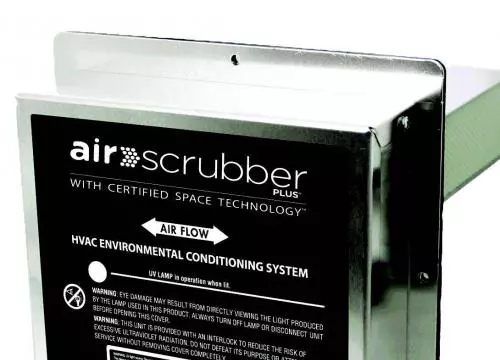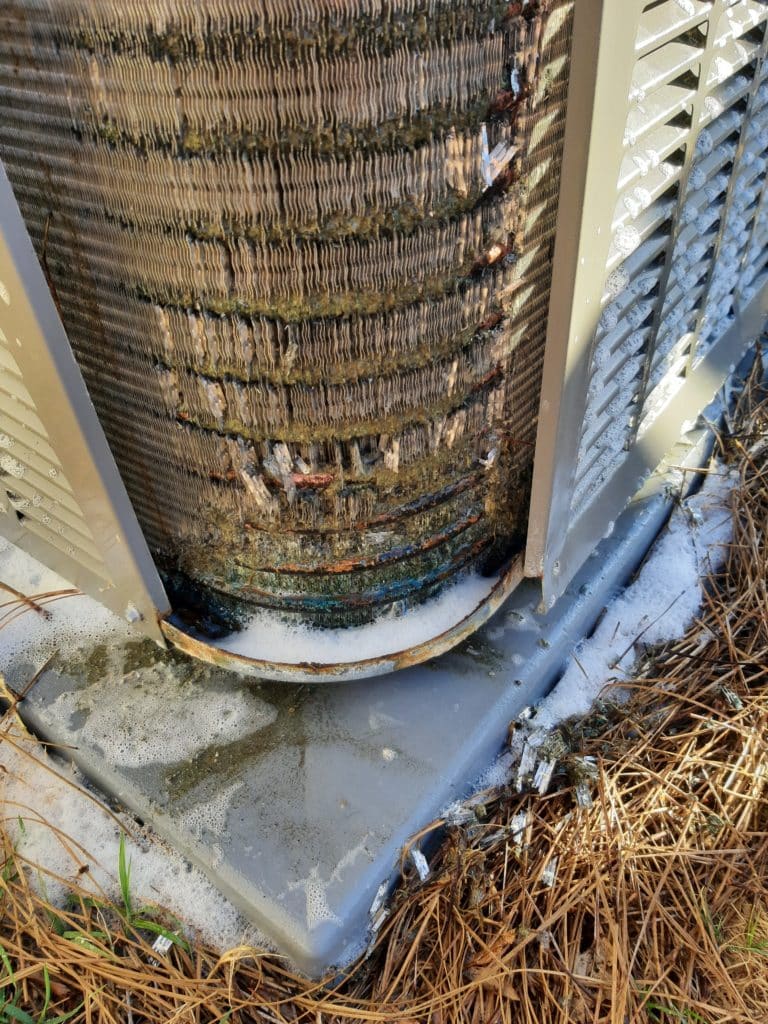Sneezing, itchy eyes, coughing, runny or stuffy nose… aren’t allergies the worst? What if there was something that could keep them at bay?
Did you know your HVAC technician can help you with your allergies?
When your windows and doors are closed, your heating and air conditioning work as your home’s respirator. Your HVAC system keeps air flowing through the home so it doesn’t get stagnant and humid. Your air conditioner’s number one job is actually to remove moisture from your home! An air conditioner should remove one gallon of water from the air every hour. If your AC is doing its job, it’ll ultimately help keep mold and mildew from growing.
When you schedule preventative maintenance, your technician will check your system’s performance as well as your duct system. If your duct system is broken open, it can allow unwanted air from your musty crawl space or your hot and dusty attic into your home’s air. Your allergies will go wild if this happens!
Wanna keep your A/C in tip-top shape? Wanna make sure your duct system is intact? Allergies driving you crazy? Become a Priority Advantage® Member today for two free system renovations every year!
Types of Allergens
From pollen to pet dander, pollutants in your home can make you and your family really uncomfortable. Before we talk about things your technician can do to improve the air in your home, it’s important to understand the pollutants causing your allergies.
Pollen
Plants produce pollen when they’re reproducing. Not all plants produce the type of pollen that causes seasonal allergies. Bright flowers like what you would find in a bouquet typically produce pollen that’s too large to cause allergies. The yellow powder you see on your car every morning in the spring comes from trees, grasses, and weeds.
Pet Dander

Pet dander is the official term for the tiny flecks of dead skin cells from animals with feathers or fur. People with pet allergies can have allergy flareups when there’s too much pet dander in the air (“too much” varies from person to person). Because dander is skin cells, cats and dogs produce dander no matter how short or long their fur is—or even if they don’t have fur! This means there’s actually no such thing as a dog or cat that’s non-allergenic.
Mold and Mildew
Mold and mildew can thrive in your home if they have a damp environment to grow in. If you have a leak or if your home has high humidity, your allergies may be caused by mold and mildew.
Mold is a type of fungus that reproduces through tiny spores that travel by air. When mold is growing, it releases spores so it can continue to grow. These spores can cause allergies if inhaled (which happens easily). Mold typically penetrates the surface it grows on. Mildew is a type of mold, and it’s easier to remove than other kinds because the growth stays on the surface of the material it’s growing on.
Dust Mites

Dust mites are microscopic arthropods. Under a microscope, they look like tiny white spiders. They feed on dead skin cells, which are abundant in people’s homes. On average, one person sheds around 1.5 grams of dead skin cells per day, feeding up to a million dust mites. Dust mites are 75% water, and they don’t drink water like people do. Instead, they absorb it through their skin like a frog. If your home’s humidity level stays under 50%, they can actually start to die off or leave your home. Your technician will make sure your AC is keeping your humidity levels optimal for your home.
Contrary to popular belief, dust mites don’t bite you. If your skin looks rashy and you think it’s from dust mites, it’s likely an allergic reaction to the mites instead. Some people have allergies caused by the dust mites themselves, and some people might also react to the skin and fecal matter dust mites leave behind. Other dust mite allergy symptoms are similar to typical seasonal allergies.
Recommended: “Pollen in the Carolinas”
Possible Solutions
At Morris-Jenkins, there are two solutions we like to offer people to help make you a lot more comfortable in your home when you have allergies.
High Performance Media Filters
Standard wall filters are 1 inch thick, and they’re perfectly fine to use, but if you have allergies, we recommend installing high performance media filters. These are 5 inches thick instead, and they replace the need for multiple wall filters. They catch more debris, and that means they keep more of the pesky pollutants out of your air.
Air Purifiers

Your Morris-Jenkins technician can install an air purifier such as the Air Scrubber or Phenomenal Aire into your ductwork to help lessen allergens in your ducts and keep surfaces clean.
Air Scrubbers can remove most of the harmful contaminants in your home’s air, but it doesn’t stop there! They can also help keep surfaces clean. Air Scrubbers use strong UV germicidal light, which disrupts the DNA of airborne contaminants, killing off the active pollutants.
Related: “What Is the Air Scrubber Plus?”
You Don’t Have to Suffer with Your Allergies at Home
When you schedule service for your heating and air system, don’t forget to tell your technician that you have allergies. You should never have to feel uncomfortable in your own home, whether it’s because your home is too hot or cold, or if your allergies flare up. We can help with all of that! Your technician can work with your individual needs to make sure you stay comfortable all year long!







